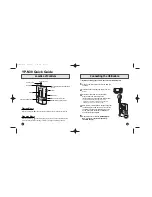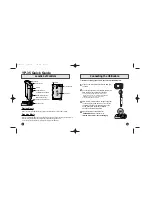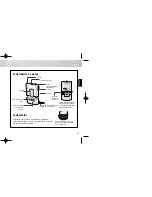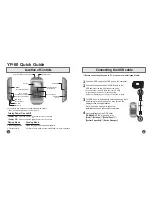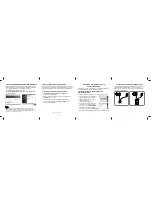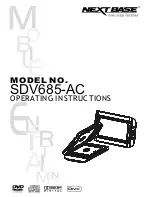
- The lead free solder has to be used when repairing the equipment
for which the lead free solder is used. (Definition: The letter of
“PbF” is printed on the PCB using the lead free solder.)
- To put lead free solder, it should be well molten and mixed with the
original lead free solder.
- Remove the remaining lead free solder on the PCB cleanly for
soldering of the new IC.
- Since the melting point of the lead free solder is higher than that of
the normal lead solder, it takes the longer time to melt the lead
free solder.
- Use the soldering iron (more than 70W) equipped with the
temperature control after setting the temperature at 350±30°C (662
±86°F).
Recommended Lead Free Solder (Service Parts Route.)
The following 3 types of lead free solder are available through the service parts route.
- RFKZ03D01K-----------(0.3mm 100g Reel)
- RFKZ06D01K-----------(0.6mm 100g Reel)
- RFKZ10D01K-----------(1.0mm 100g Reel)
Note
* Ingredient: tin (Sn) 96.5%, silver (Ag) 3.0%, Copper (Cu) 0.5%,
Cobalt (Co) / Germanium (Ge) 0.1 to 0.3%
5. PREVENTION OF STATIC ELECTRICITY
DISCHARGE
The laser diode in the traverse unit (optical pickup) may brake down due to static electricity of
clothes or human body. Use due caution to electrostatic breakdown when servicing and
handling the laser diode.
5.1. Grounding for electrostatic breakdown prevention
Some devices such as the DVD player use the optical pickup (laser diode) and the optical
pickup will be damaged by static electricity in the working environment. Proceed servicing
works under the working environment where grounding works is completed.
5.1.1. Worktable grounding
1. Put a conductive material (sheet) or iron sheet on the area where
the optical pickup is placed, and ground the sheet.
5.1.2. Human body grounding
7
PDF created with pdfFactory Pro trial version




























